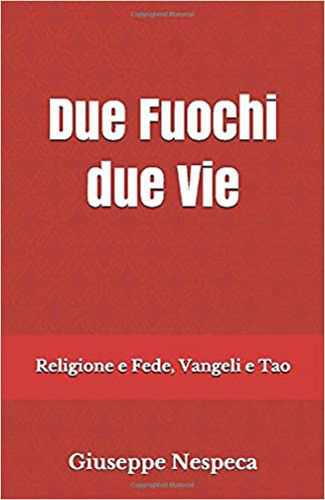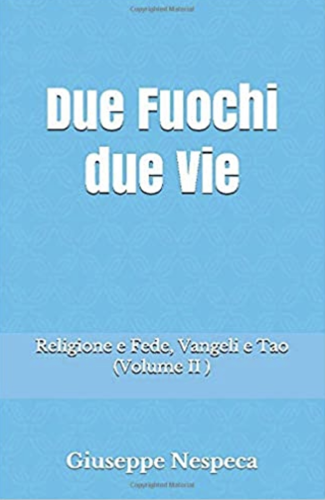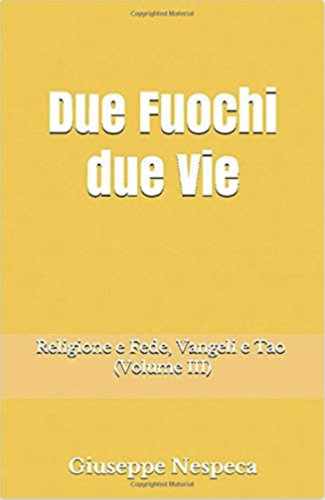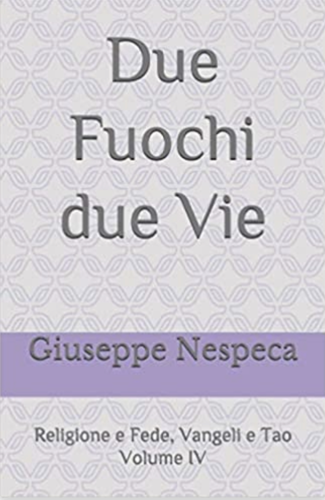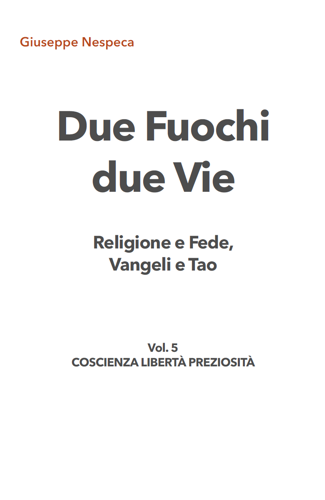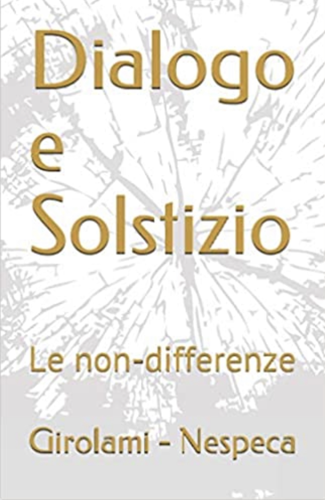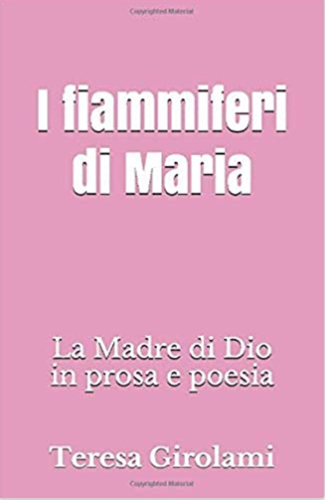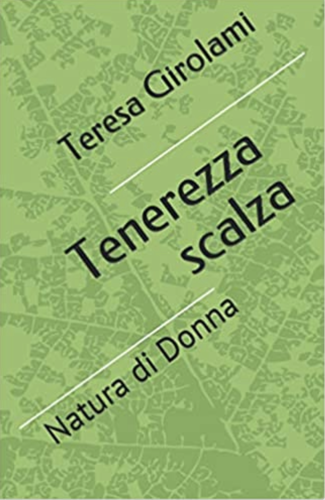From generation to generation, the wonder evoked by this ineffable mystery never ceases. St Augustine imagines a dialogue between himself and the Angel of the Annunciation, in which he asks: "Tell me, O Angel, why did this happen in Mary?". The answer, says the Messenger, is contained in the very words of the greeting: "Hail, full of grace" (cf. Sermo 291: 6).
In fact, the Angel, "appearing to her", does not call her by her earthly name, Mary, but by her divine name, as she has always been seen and characterized by God: "Full of grace - gratia plena", which in the original Greek is 6,P"D4JTµXv0, "full of grace", and the grace is none other than the love of God; thus, in the end, we can translate this word: "beloved" of God (cf. Lk 1: 28). Origen observes that no such title had ever been given to a human being, and that it is unparalleled in all of Sacred Scripture (cf. In Lucam 6: 7).
It is a title expressed in passive form, but this "passivity" of Mary, who has always been and is for ever "loved" by the Lord, implies her free consent, her personal and original response: in being loved, in receiving the gift of God, Mary is fully active, because she accepts with personal generosity the wave of God's love poured out upon her. In this too, she is the perfect disciple of her Son, who realizes the fullness of his freedom and thus exercises the freedom through obedience to the Father.
In the Second Reading, we heard the wonderful passage in which the author of the Letter to the Hebrews interprets Psalm 39 in the light of Christ's Incarnation: "When Christ came into the world, he said: ..."Here I am, I have come to do your will, O God'" (Heb 10: 5-7). Before the mystery of these two "Here I am" statements, the "Here I am" of the Son and the "Here I am" of the Mother, each of which is reflected in the other, forming a single Amen to God's loving will, we are filled with wonder and thanksgiving, and we bow down in adoration.
What a great gift, dear Brothers, to be able to conduct this evocative celebration on the Solemnity of the Lord's Annunciation! What an abundance of light we can draw from this mystery for our lives as ministers of the Church!
You above all, dear new Cardinals, what great sustenance you can receive for your mission as the eminent "Senate" of Peter's Successor! This providential circumstance helps us to consider today's event, which emphasizes the Petrine principle of the Church, in the light of the other principle, the Marian one, which is even more fundamental. The importance of the Marian principle in the Church was particularly highlighted, after the Council, by my beloved Predecessor Pope John Paul II in harmony with his motto Totus tuus.
In his spirituality and in his tireless ministry, the presence of Mary as Mother and Queen of the Church was made manifest to the eyes of all. More than ever he adverted to her maternal presence in the assassination attempt of 13 May 1981 here in St Peter's Square. In memory of that tragic event, he had a mosaic of the Virgin placed high up in the Apostolic Palace looking down over St Peter's Square, so as to accompany the key moments and the daily unfolding of his long reign. It is just one year since his Pontificate entered its final phase, full of suffering and yet triumphant and truly paschal.
The icon of the Annunciation, more than any other, helps us to see clearly how everything in the Church goes back to that mystery of Mary's acceptance of the divine Word, by which, through the action of the Holy Spirit, the Covenant between God and humanity was perfectly sealed. Everything in the Church, every institution and ministry, including that of Peter and his Successors, is "included" under the Virgin's mantle, within the grace-filled horizon of her "yes" to God's will. This link with Mary naturally evokes a strong affective resonance in all of us, but first of all it has an objective value.
Between Mary and the Church there is indeed a connatural relationship that was strongly emphasized by the Second Vatican Council in its felicitous decision to place the treatment of the Blessed Virgin at the conclusion of the Constitution on the Church, Lumen Gentium.
The theme of the relationship between the Petrine principle and the Marian principle is also found in the symbol of the ring which I am about to consign to you. The ring is always a nuptial sign. Almost all of you have already received one, on the day of your episcopal ordination, as an expression of your fidelity and your commitment to watch over the holy Church, the bride of Christ (cf. Rite of Ordination of Bishops).
The ring which I confer upon you today, proper to the cardinalatial dignity, is intended to confirm and strengthen that commitment, arising once more from a nuptial gift, a reminder to you that first and foremost you are intimately united with Christ so as to accomplish your mission as bridegrooms of the Church. May your acceptance of the ring be for you a renewal of your "yes", your "here I am", addressed both to the Lord Jesus who chose you and constituted you, and to his holy Church, which you are called to serve with the love of a spouse.
So the two dimensions of the Church, Marian and Petrine, come together in the supreme value of charity, which constitutes the fulfilment of each. As St Paul says, charity is the "greatest" charism, the "most excellent way" (I Cor 12: 31; 13: 13).
Everything in this world will pass away. In eternity only Love will remain. For this reason, my Brothers, taking the opportunity offered by this favourable time of Lent, let us commit ourselves to ensure that everything in our personal lives and in the ecclesial activity in which we are engaged is inspired by charity and leads to charity. In this respect too, we are enlightened by the mystery that we are celebrating today.
Indeed, the first thing that Mary did after receiving the Angel's message was to go "in haste" to the house of her cousin Elizabeth in order to be of service to her (cf. Lk 1: 39). The Virgin's initiative was one of genuine charity; it was humble and courageous, motivated by faith in God's Word and the inner promptings of the Holy Spirit. Those who love forget about themselves and place themselves at the service of their neighbour. Here we have the image and model of the Church!
Every Ecclesial Community, like the Mother of Christ, is called to accept with total generosity the mystery of God who comes to dwell within her and guides her steps in the ways of love. This is the path along which I chose to launch my Pontificate, inviting everyone, with my first Encyclical, to build up the Church in charity as a "community of love" (cf. Deus Caritas Est, Part II).
In pursuing this objective, venerable Brother Cardinals, your spiritual closeness and active assistance is a great support and comfort to me. For this I thank you, and at the same time I invite all of you, priests, deacons, Religious and lay faithful, to join together in invoking the Holy Spirit, praying that the College of Cardinals may be ever more ardent in pastoral charity, so as to help the whole Church to radiate Christ's love in the world, to the praise and glory of the Most Holy Trinity. Amen!
[Pope Benedict, homily with the new cardinals 25 March 2006]





